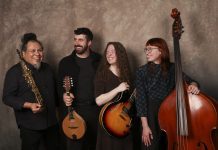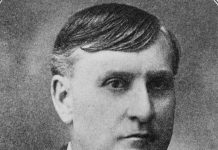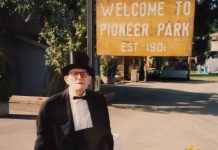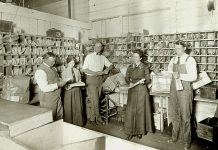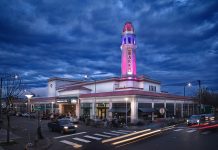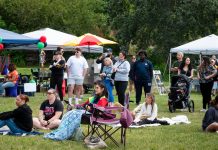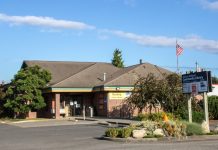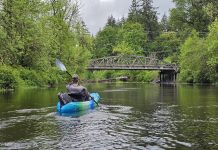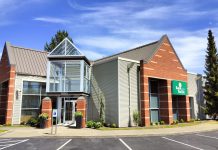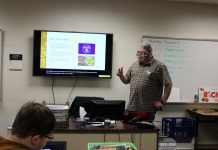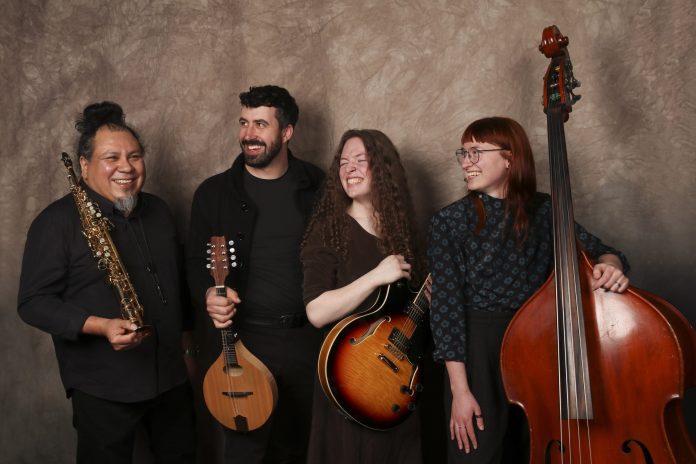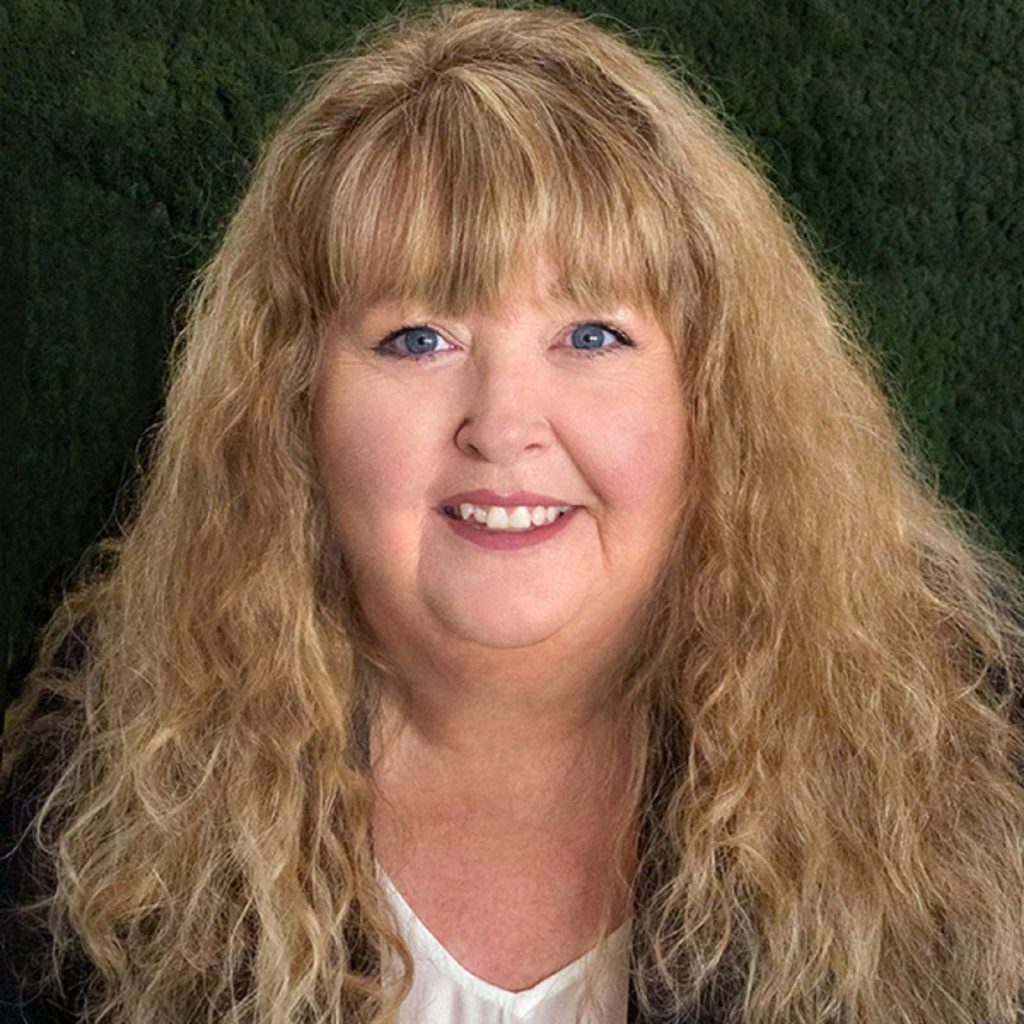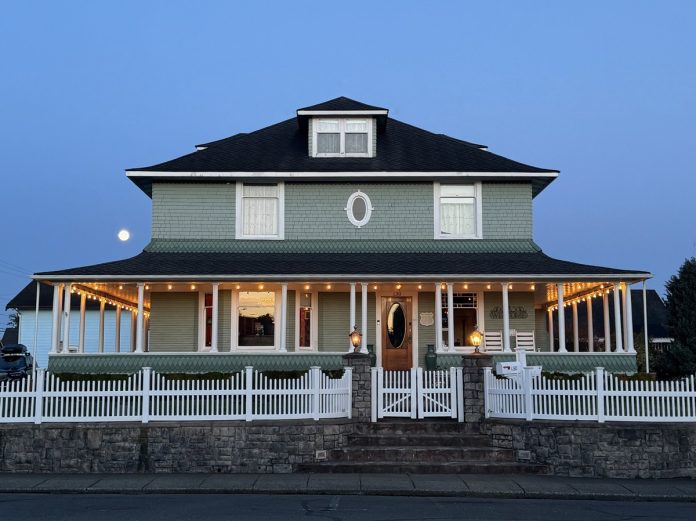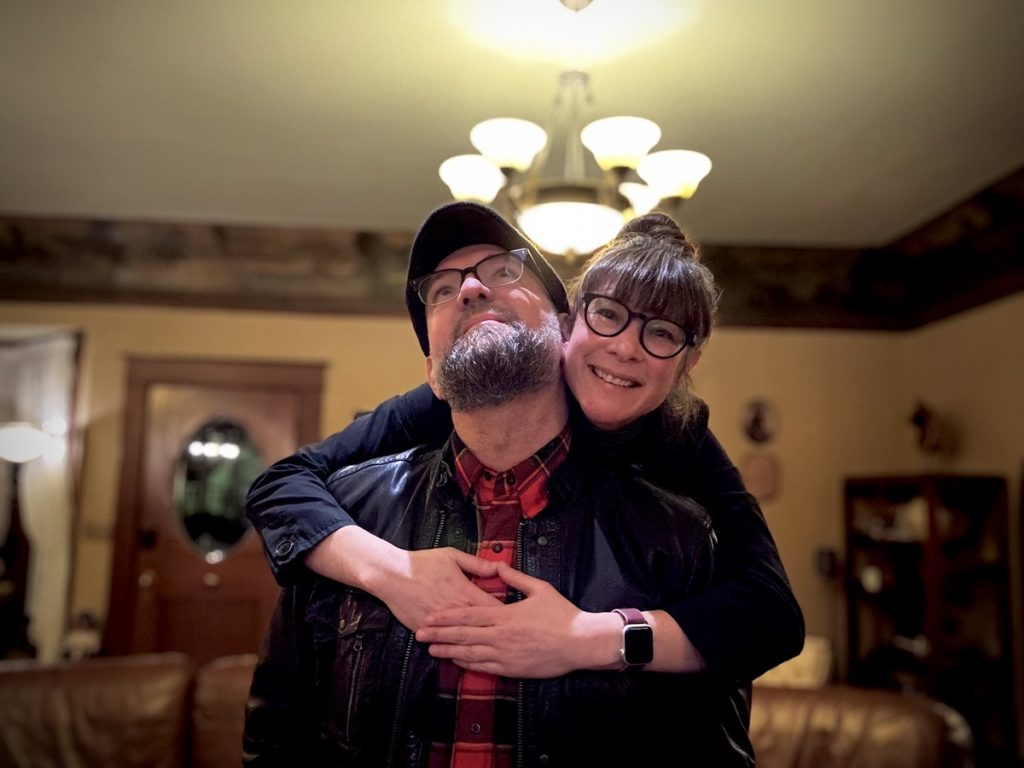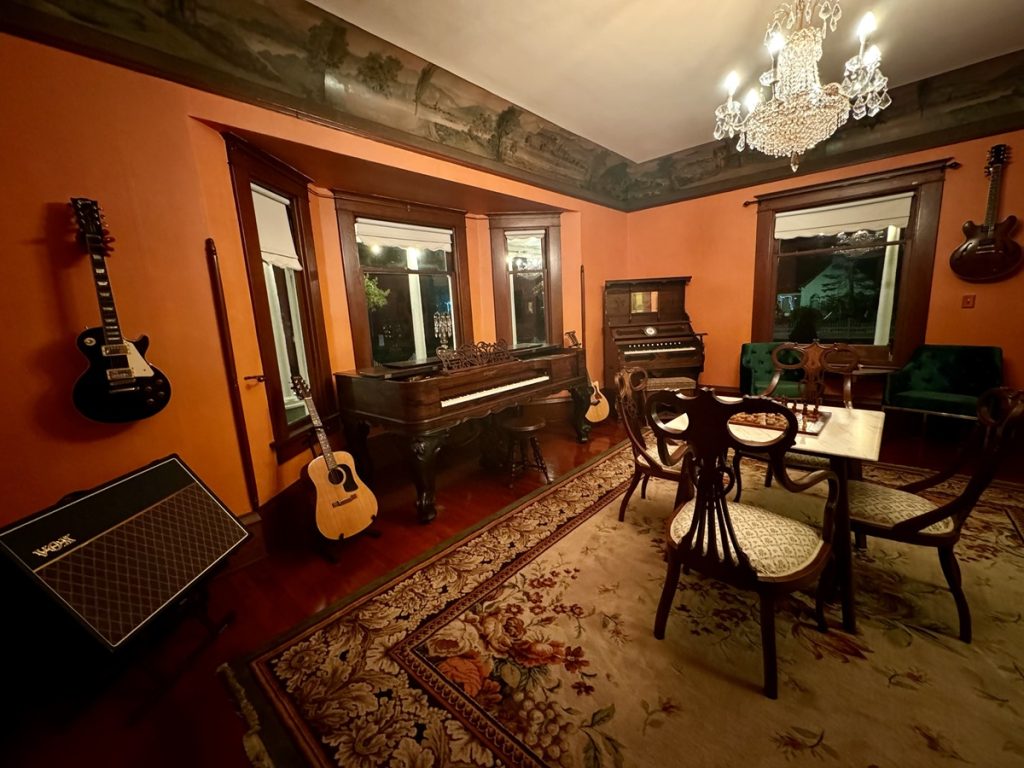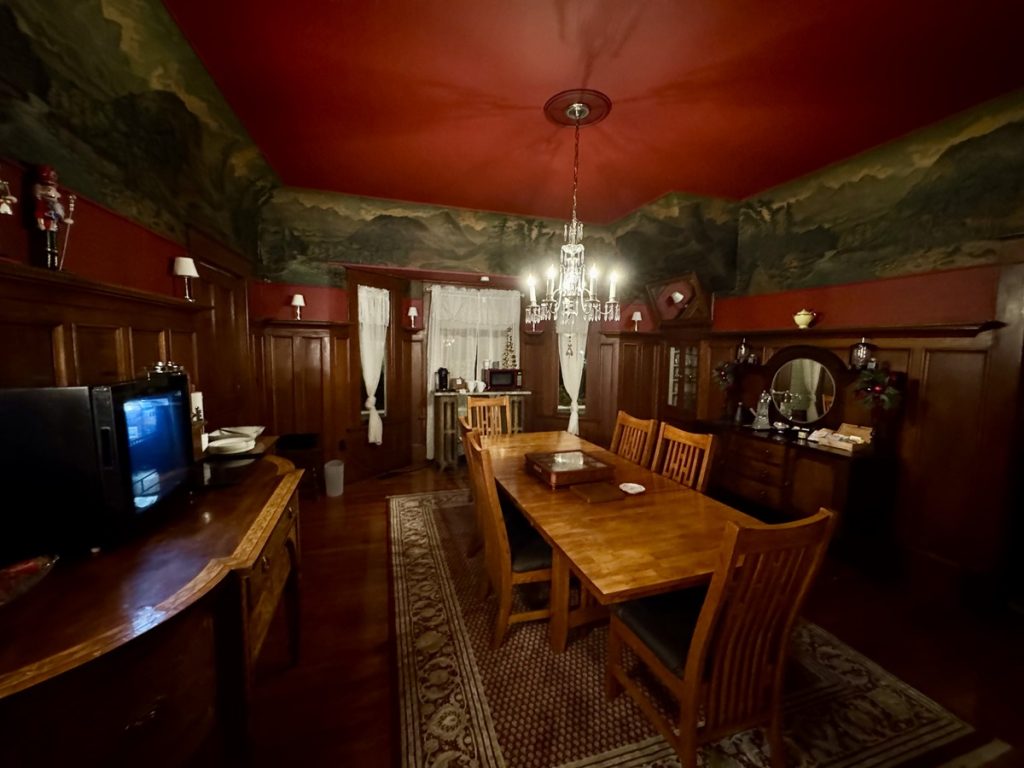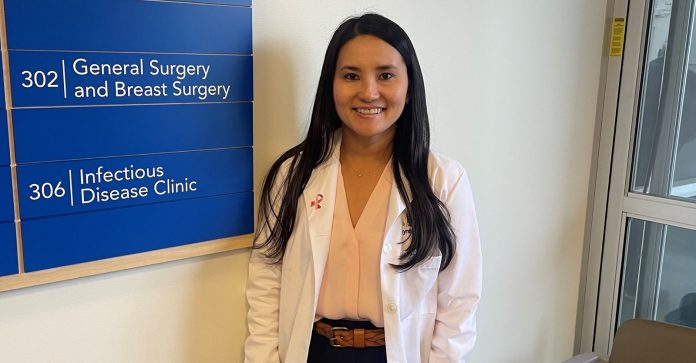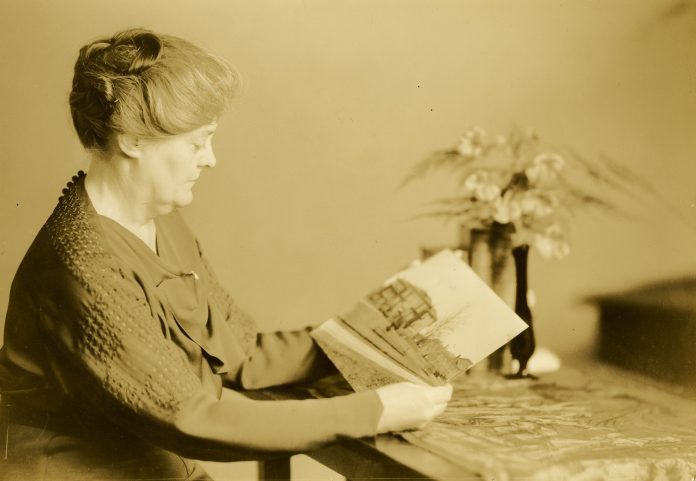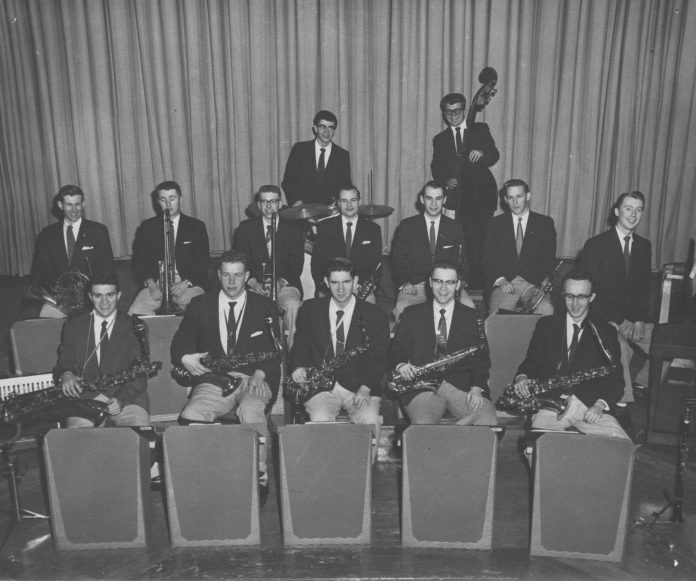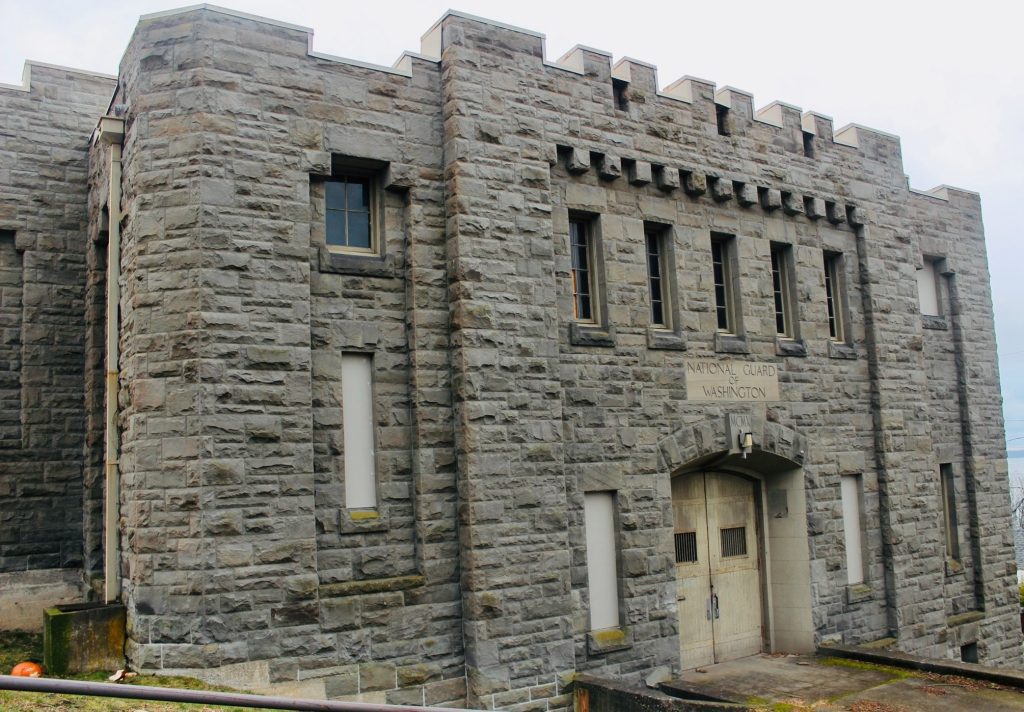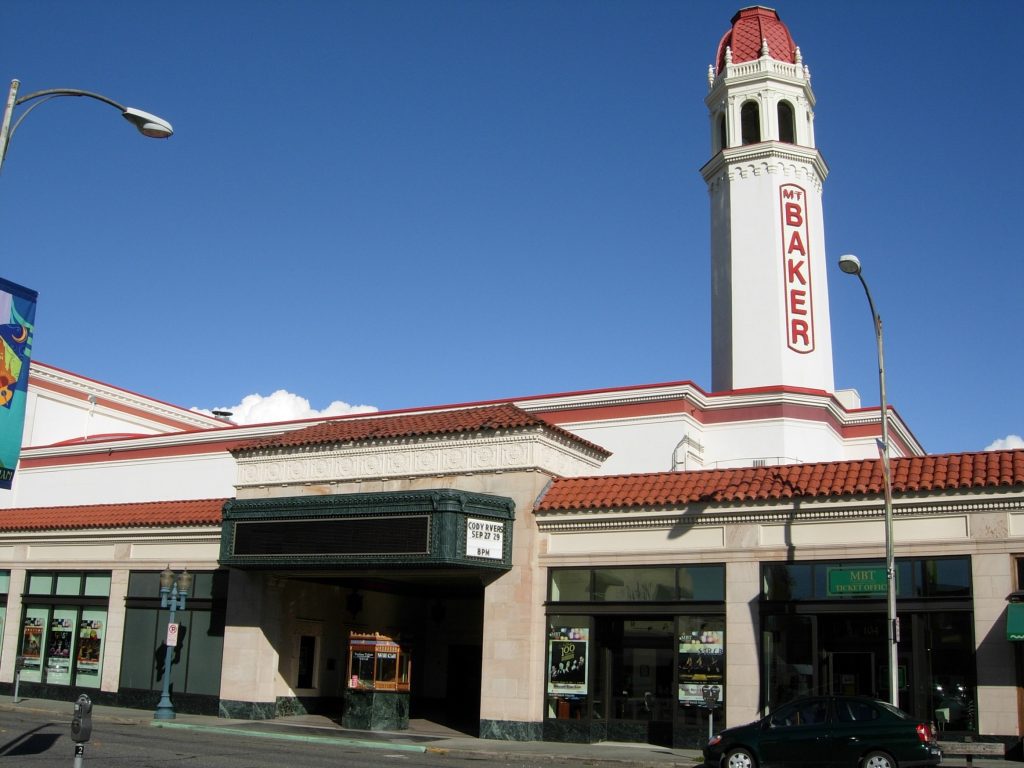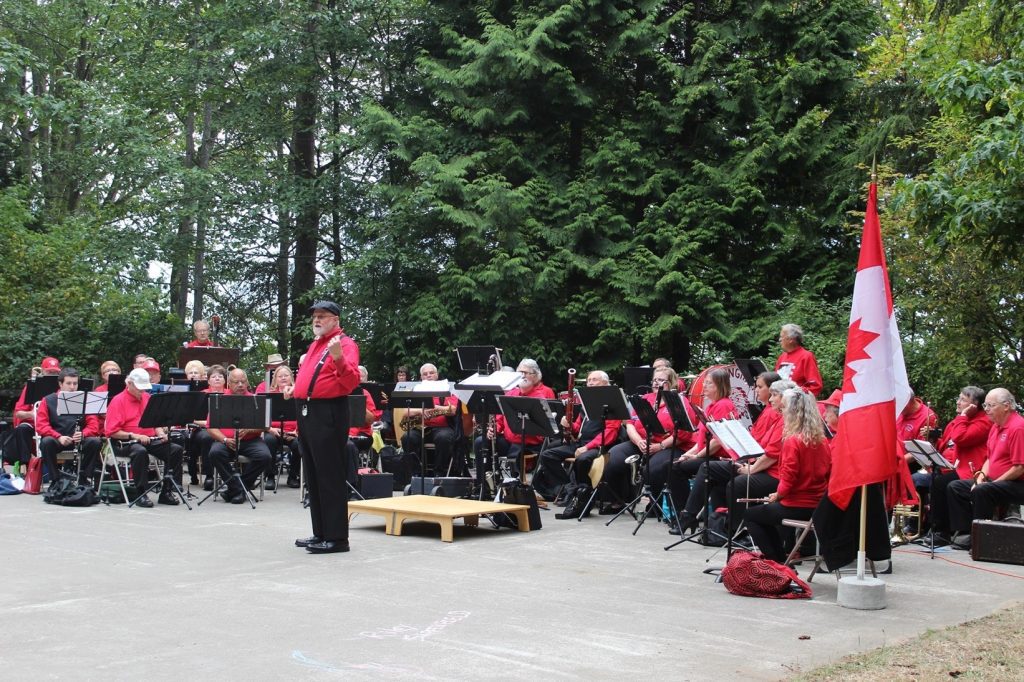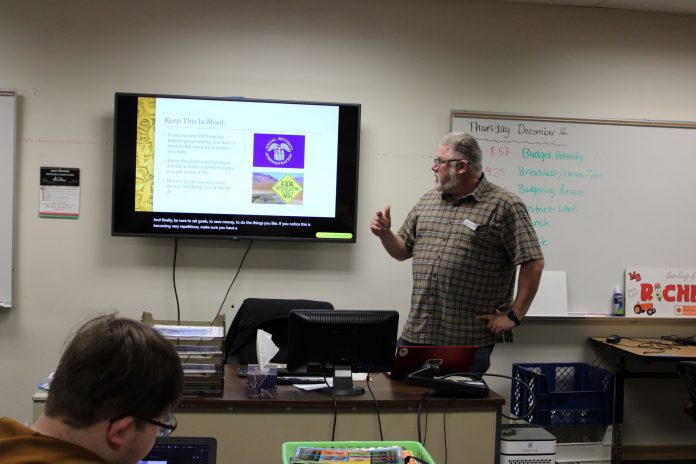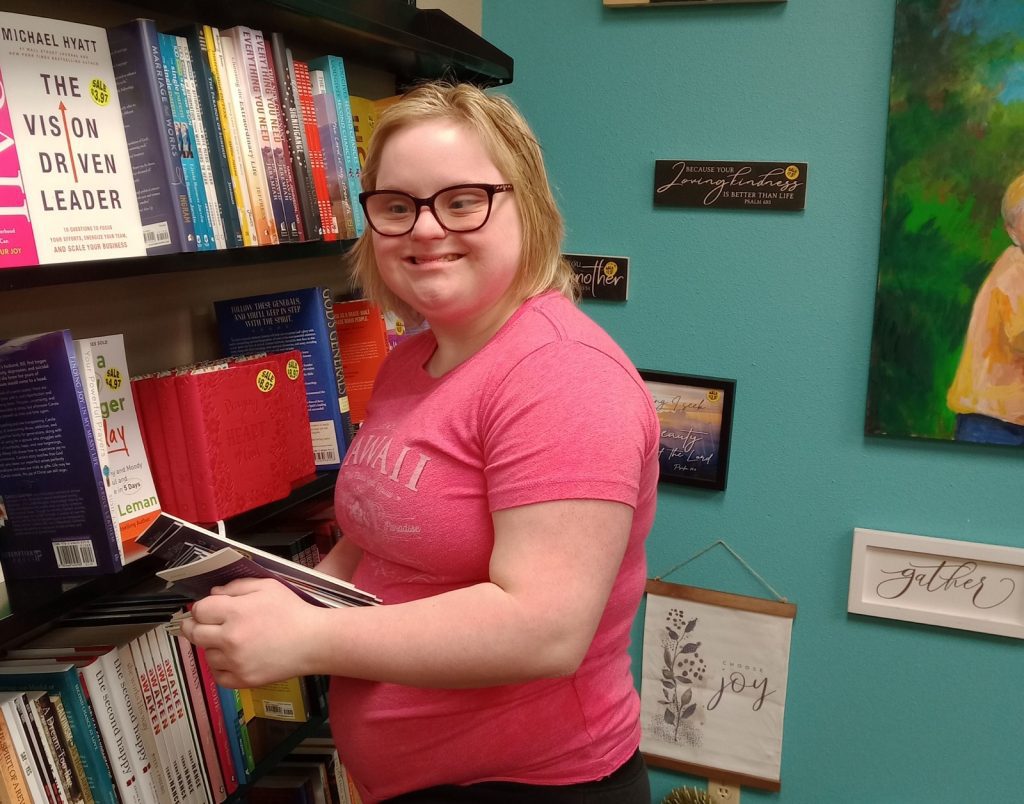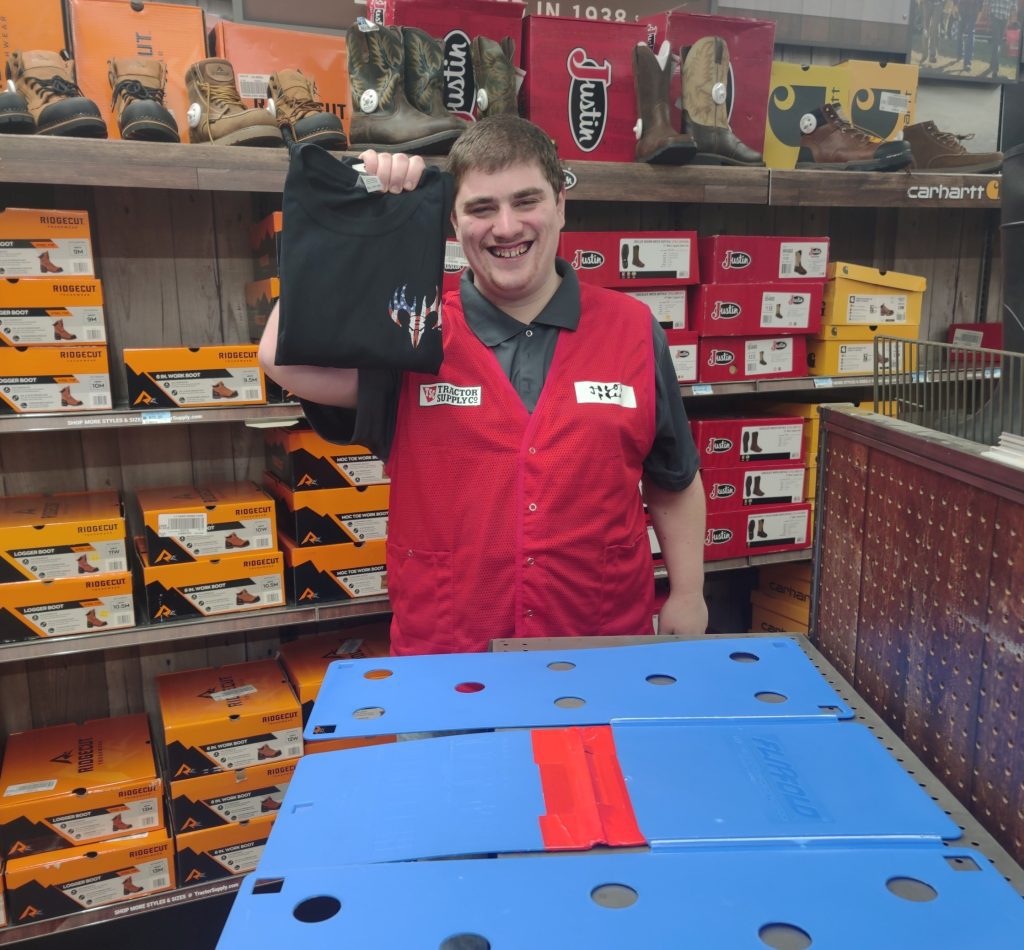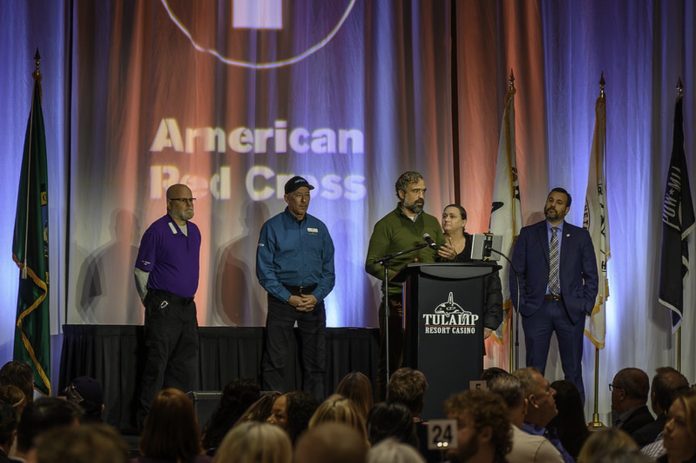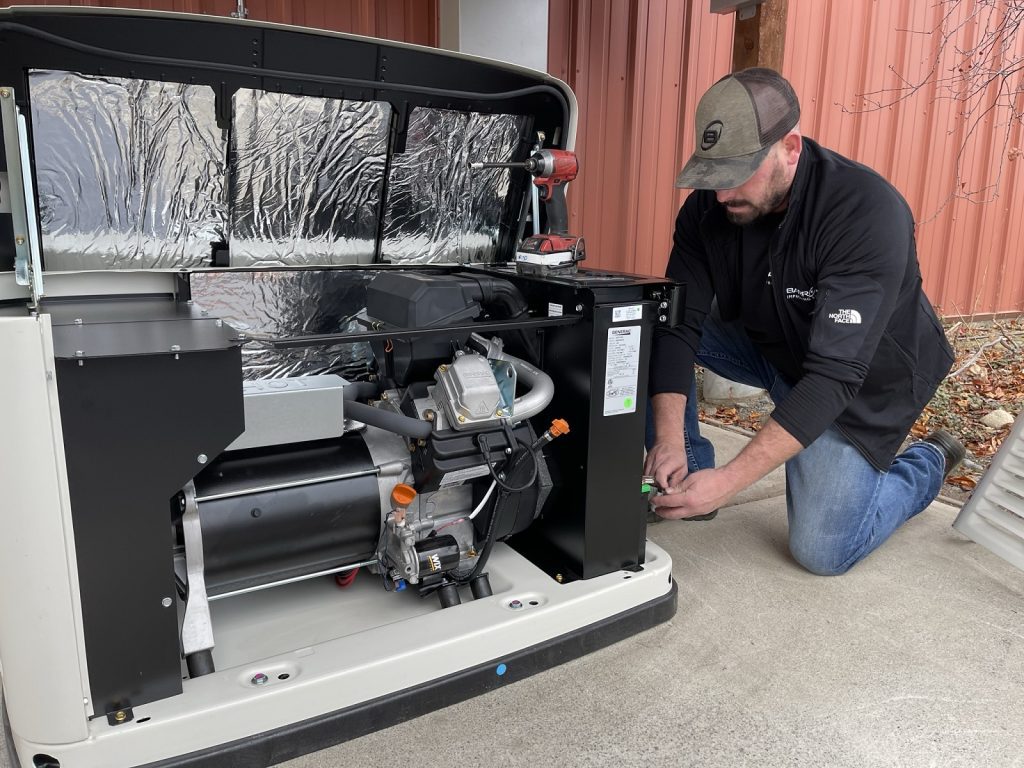When Allied Arts of Whatcom County throws open its doors on February 7 with its Annual Membership Show, it will be a real celebration. With 45 years in the community and celebrating in a fabulous brand-new space at 1213 Cornwall in Bellingham, it’s the perfect place to showcase the 80 pieces in the show.
“As soon as we saw this space from the outside before we were even in the door, we said yes!” says Allied Arts Executive Director Kelly Hart. “This dream space combines a beautiful gallery, our very successful Art Thrift Store, and great office space for our staff and interns. And the vibes are good in a great part of town, right across from the Hotel Leo.”
From the first look at a bas-relief sculpture by artist Deb McCunn (supported by the Whatcom Community Foundation) installed on the archway entry, imagination is apparent and beckons people in. Once inside, it is obvious that Allied Arts has come of age. It is more than appropriate for the Grand Opening to feature the annual Membership Show exhibition in this sophisticated gallery.
As longtime Bellingham artist and Allied Arts member Ron Pattern says, “The new space is exciting.” He has a piece in the show at the Grand Opening and will be there with his artist/writer wife, Nancy Canyon. “I’ve always thought that artists did not have a center in Bellingham, and I think this space will be that and more.”
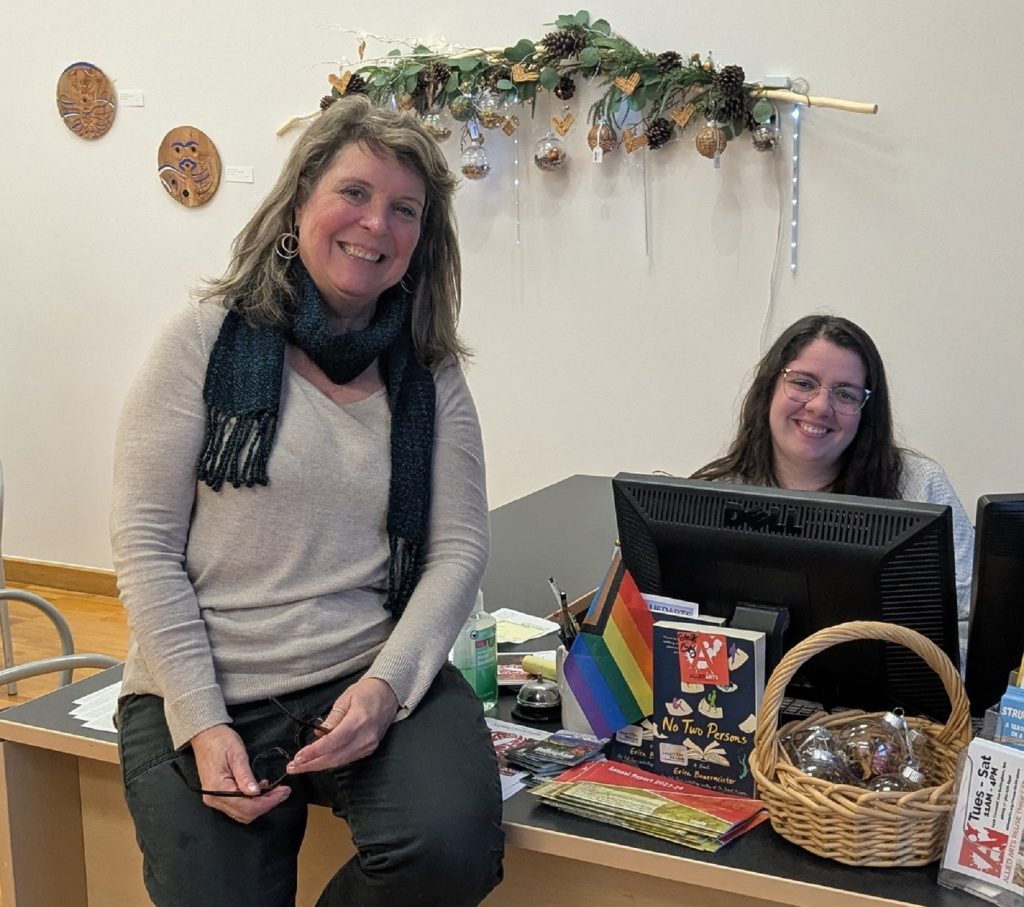
Art for Everyone at Allied Arts
Hart agrees. As she spins out some of the factors that went into the decision to move, she points out that Allied Arts exists to be sensitive to everyone’s needs from the artists in Whatcom County to the community of arts enthusiasts to staff and volunteers. “We have a great reach into the community, including opportunities for artists and staff to grow in their professional lives, for kids in schools, for veterans to express themselves through art, and for art enthusiasts,” says Hart.
Allied Arts already held a big figurative and literal space in the community. Moving that presence was no small feat. “It was a little crazy to do it in December, but we choreographed it well,” says Hart. The supportive Allied Arts Board of Directors and volunteers made sure Hart had plenty of help, doing shifts in the old space, where they also managed to mount a final, highly successful exhibition, in the thrift store wheeling and dealing, and at the Holiday Festival, which by the way had a $5,000 increase over sales last year even though it was seven days shorter.
Allied Arts was founded by a group of artists and art supporters focusing on giving artists practical ways to succeed as artists. Over the years, it evolved to serve the whole community. “Our community is even more specifically defined than others in the United States,” says Hart. “Giving us a chance to celebrate the many rich cultures and groups like Children of the Setting Sun Productions (CSSP), which uses the stories and traditions of the Lummi nation in its work.”
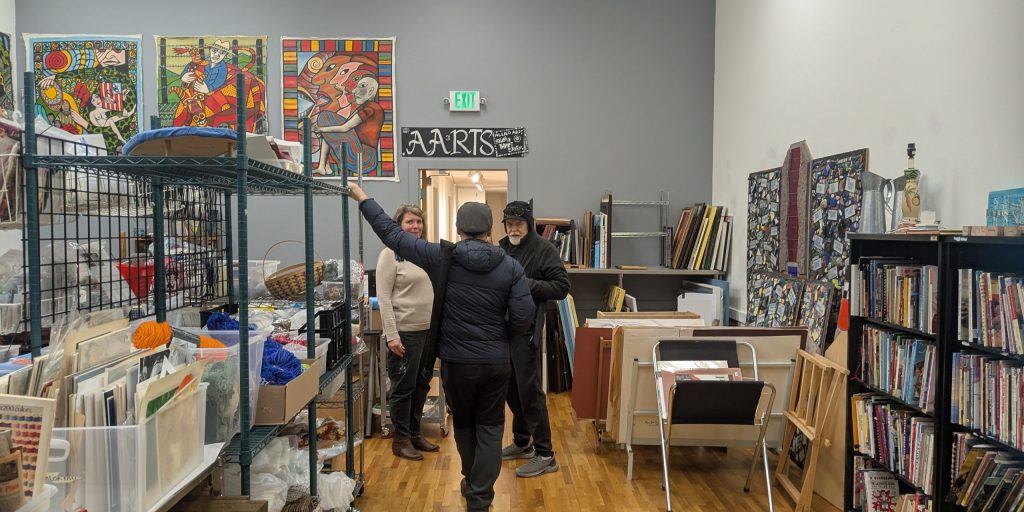
Allied Arts Give Artists the Tools They Need to Succeed
An artist’s business program kicked off in January, covering how to operate art as a business, manage taxes, copyrights, and write an artist’s statement and bio. The thrift store opened in 2010 and has proven to be wildly popular with area artists. One might find anything from frames of many sizes, paper, yarn, books on art, art objects, crafting materials, cabinets, easels, lots of stamps and ink stamp pads, pens, pencils, brushes, paints, crayons, pastels, tiles, clay — if you dream it, it is probably in the thrift store.
Outreach to the community is topmost in the mind of artist Scott Ward, who has chaired the Allied Arts Board of Directors for the past six years. “We’ve been really good about providing opportunities for connecting artists with each other and with the community,” he says, noting the extensive program in the schools with teaching artists and serving on regional and state advocacy groups. “Engaging the arts enthusiasts is always a bit more of a challenge,” says Ward.

A New Beginning for Allied Arts
“I think we’re on the precipice of broadening in the community,” says Ward. “The move into such an upscale location is a big step. We are taking ourselves seriously and believe the arts enthusiast community will, too.”
Ward adds that the active board brings stability, leadership, and guidance from members bringing experience with arts nonprofits in marketing, communications, raising money and building a strong financial structure by bringing in new donors. I love the ideation and creation of art, and now we have all the pieces we need to make it happen.”
Pattern says it well. ” In the past, it seemed as if people in Bellingham went to Seattle to buy the work of Bellingham artists. The new gallery space changes that.”
To learn more about the arts community, sign up for the Allied Arts newsletter.




